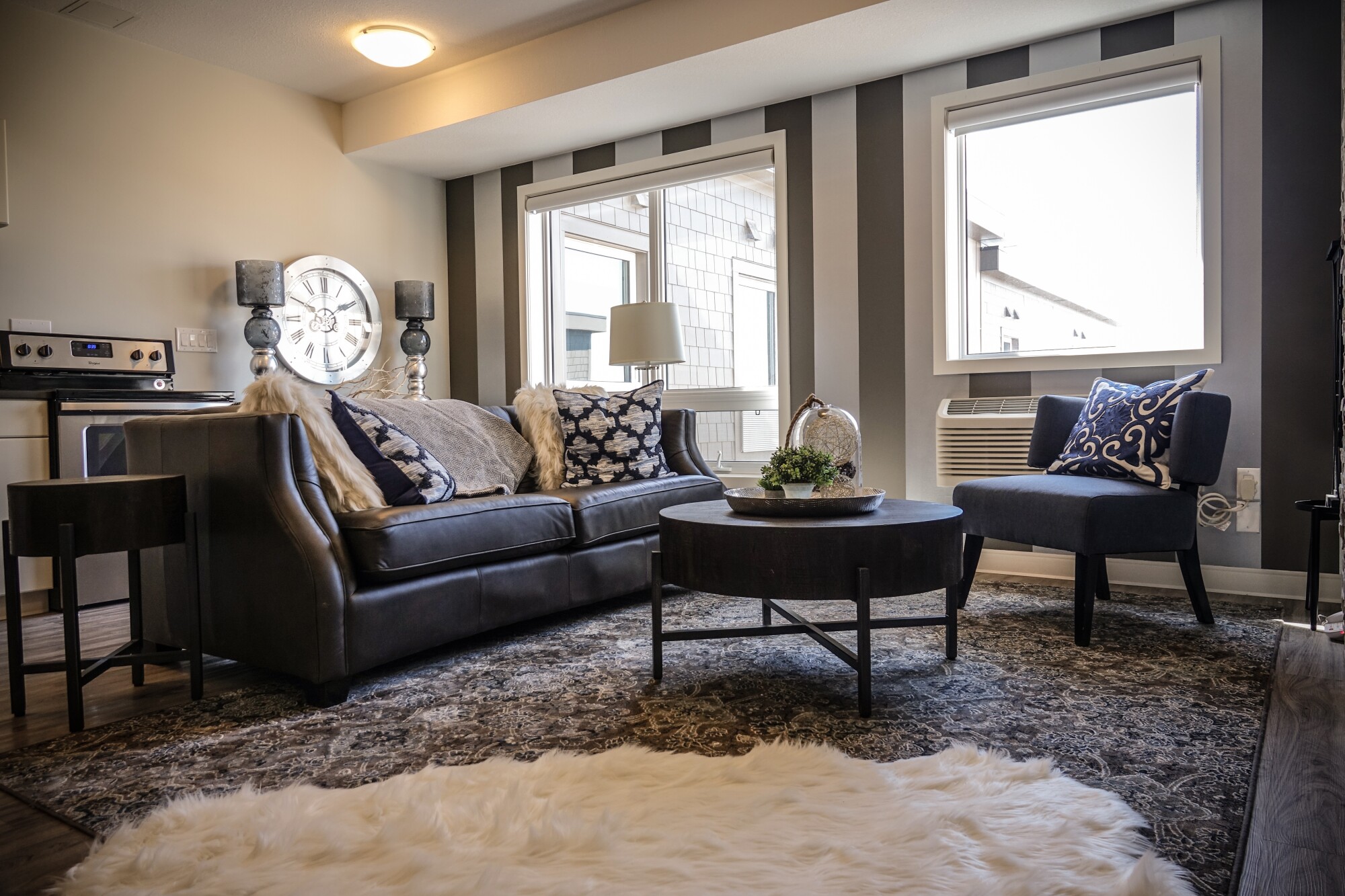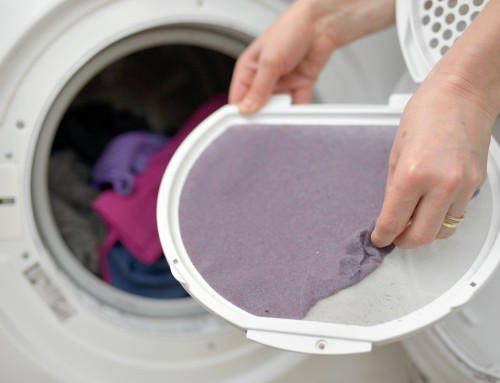About to buy your first rug? With so many types of rugs to choose from, it can be an overwhelming experience. And that’s before you catch sight of the hefty price tag of the more exclusive models!
Your main considerations when choosing between all the different types of rugs are placement, budget, style, and ease of cleaning. But, invariably, narrowing down your preferences for these factors will end up directing you to the best materials to look for in your chosen rug type. For example, certain textures can work better for bedroom rugs, while some rug materials may provide more style choices or be easier to clean.
Keep reading to find out more about the different rug materials and how to decide on the best type of rug for your home.
Silk Rugs
Silk and silk-blend rugs are the height of luxury, providing an elegant floor covering with a subtle shine that no other fibers can match. Soft rugs made from silk are also heavenly to walk across.
The downside is that they can be thin and very delicate. So, while they might look beautiful, silk rugs are only suitable for low-traffic areas since they are difficult to clean and prone to breakage. With this in mind, going for more durable materials such as viscose or rayon as a synthetic alternative to real silk could be a better choice for most homes.
Wool Rugs
True wool rugs tend to be handwoven or hand-loomed. Although you can find machine-loomed wool rugs, they are more likely made with synthetic fibers than real wool.
Because of the extensive work that goes into true wool rugs, they are often more expensive than rugs made from other materials. However, their superior quality makes them long-lasting, while often classic designs ensure they never go out of style. Many people see buying a wool rug as an investment piece they’ll keep for many years and pass down to future generations.
People find that the robust nature of wool rugs makes them perfect for high-traffic areas of the home, such as the hall and living room. Although, as a soft and natural fiber, many people choose wool as their material of choice for nursery and bedroom rugs. They’re also repellent and make cleaning spills an easy task.
Cotton Rugs
Like wool, cotton is another natural fiber that’s perfect for children’s bedroom rugs as a way to provide a soft, non-toxic floor covering. They’re also machine washable, making a cotton model the best type of rug for kitchens, bathrooms, and playrooms, where spills and art ‘experiments’ are a common occurrence.
Many see cotton rugs as an inexpensive alternative to wool rugs. Although, since cotton rugs won’t last anywhere near as long as a wool rug, they’re ideal for casual spaces and rental properties. A cotton rug is also less of a commitment than wool if you intend on changing your home decor soon.
Sisal, Jute, and Seagrass Rugs
Sisal, jute, and seagrass are less well-known natural rug materials than cotton and wool. Although, they’re becoming more desirable for people looking for house rugs that bring the outdoors in, adding depth to an otherwise minimalist interior. These natural fibers are also eco-friendly, very durable, and look almost hand-woven in texture.
Of the three, sisal is the most popular as it is very durable and is often available in a range of colors as it takes dye well. Seagrass is often a more affordable choice and provides an appealing rustic look. Jute is the softest and least durable of the three but is still hard-wearing, and brings a lustrous sheen and beautiful textured appearance to any room.
As these tips for rugs explain, placement rules often dictate the best size house rugs for certain rooms. In spaces needing a large rug, these natural fibers are a good value choice thanks to their economical price point. They’re also perfect for layering under smaller, more decorative rugs for a multi-dimensional, cozy aesthetic.
Sheepskin and Faux Fur Rugs
Whether real or faux, the shape of sheepskin rugs makes them perfect design pieces for adding texture and luxury to small spaces and awkward corners.
Of the two types, faux sheepskin rugs are more affordable, and don’t come with the moral dilemma that real sheepskin can produce. When it comes to cleaning, real sheepskin rugs are easier to spot clean, but many faux fur rugs are machine washable.
Whichever you go for, however, you’ll find that their softness, makes other soft rugs pale in comparison, especially if you’re looking for a rug to place beside your bed.
Synthetic Rugs
Synthetic rugs come in many different materials, including nylon, viscose, polyester, and can mimic the look of different natural fabrics and textures thanks to varied manufacturing methods.
In general, house rugs made from synthetics tend to be thinner than wool rugs but can often feel as soft. The price is where you really see the difference, though, as synthetic rugs are a lot more affordable than wool versions. This means it’s possible to swap between different colors and styles of rugs whenever you feel like a change.
Synthetic rugs also easy to clean and durable, making them perfect for high-traffic areas such as living rooms, halls, and dining rooms. The big downside of synthetic rugs is the fact that they are not an eco-friendly choice, while the petroleum fibers mean that a synthetic model might not be the best type of rug for parents with small children.
Types of Rugs to Consider for Your Home
As this guide shows, there are many types of rugs to consider, with the various materials available to you being one of the key decisions you’ll need to make.
But, whether you prefer wool or faux fur, jute or polyester, all rug materials come with their own set of pros and cons. It’s up to you to decide which is the best type of rug for your particular needs and tastes.
Be sure to check out our other blog posts for more interiors inspo and style advice!











